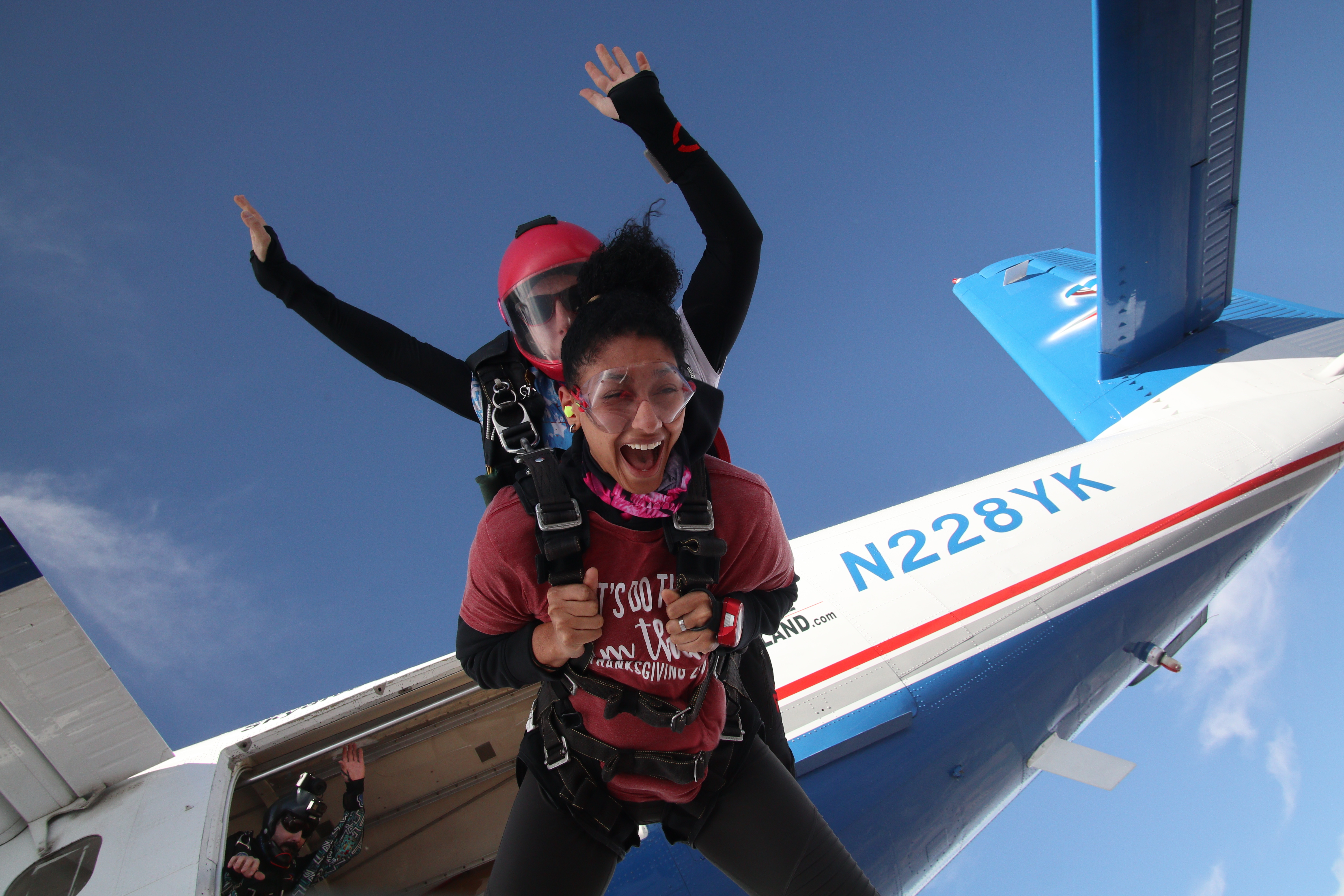

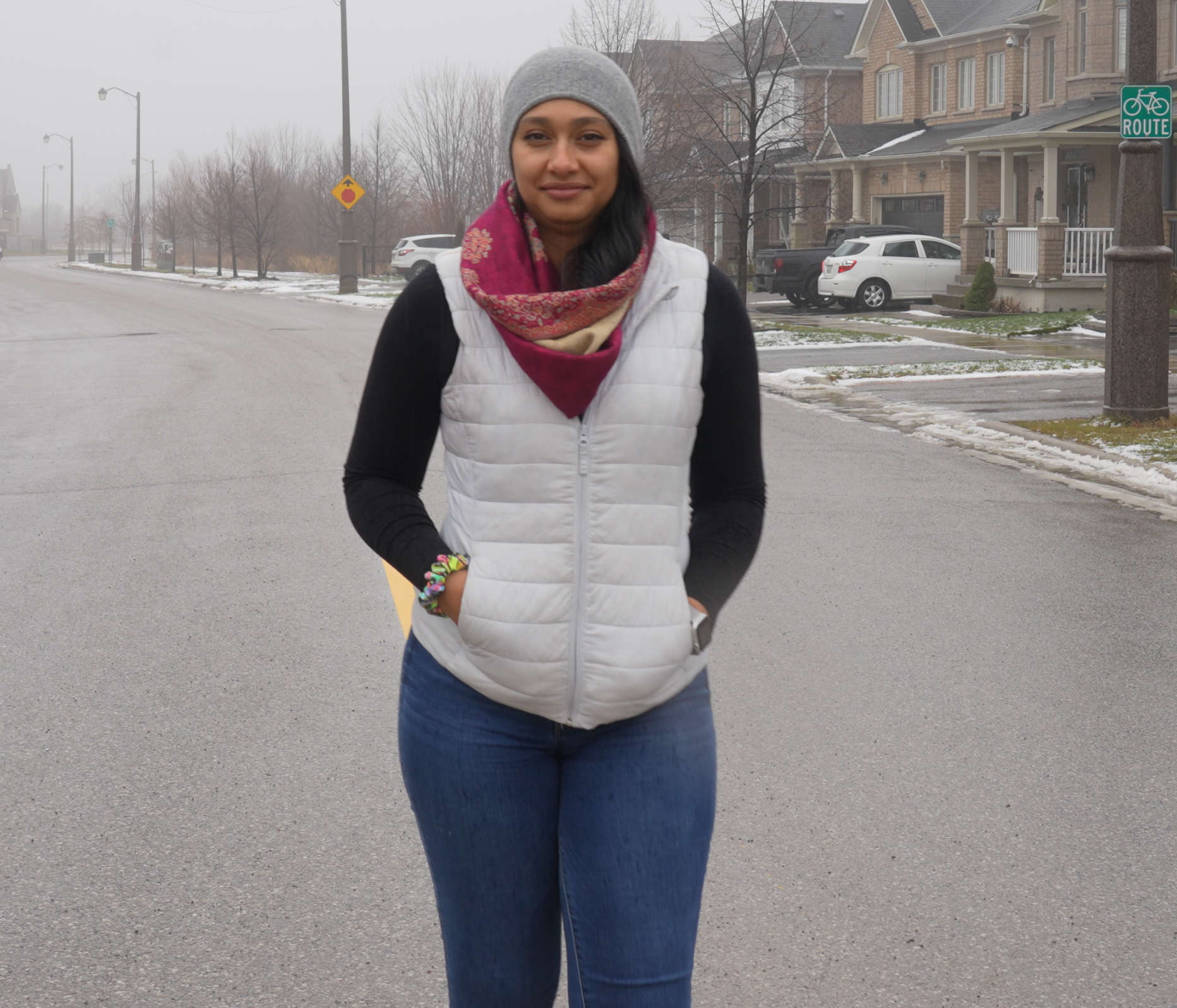
In 2014, Tessa Sharman donated stem cells to an unrelated patient. She shares her story to inspire others between the ages of 17 and 35 to sign up as stem cell donors to help patients in need. To register as a donor in Canada, visit blood.ca/black-donors-save-lives.
“I initially found out about stem cell donation in 11th grade. An organisation that helps recruit and register donors came to my high school and presented what stem cells are, their use and the importance of having diverse donors on the registry. I thought it was interesting that you could potentially help save a life, and it could be to anyone in the world. Finding a match was explained as searching for a needle in a haystack; some people are on the registry their whole lives and never even get a phone call saying they are a potential match. My initial thought was, "What are the odds it's going to be me - why not register?" At the moment, ot made sense for me to sign up because, when you reduce it to the lowest, simplest thing, I'm giving something from me that's renewable at no cost to me. Yet it means so much to the recipients; it's basically their second shot and, for most of them, their only shot."

“Fast forward to 2014 - I was in my second year of university, walking home from class, when I received a call. The person on the other end said, 'It's such and such from Canadian Blood Services, and we've identified you as a potential match for somebody in urgent need of a stem cell transplant.' They told me I was one of twelve people being considered as a donor and that I needed to go for further testing within the next few days that would help to identify the best match. About a week later, I got a call saying I was identified as the best match for the recipient. It was already a shock that I was a possible match. When you sign up to become a potential donor, they tell you that the chances of you actually being someone's match is like looking for a needle in a haystack. It was a weird feeling to be identified as the best match.”
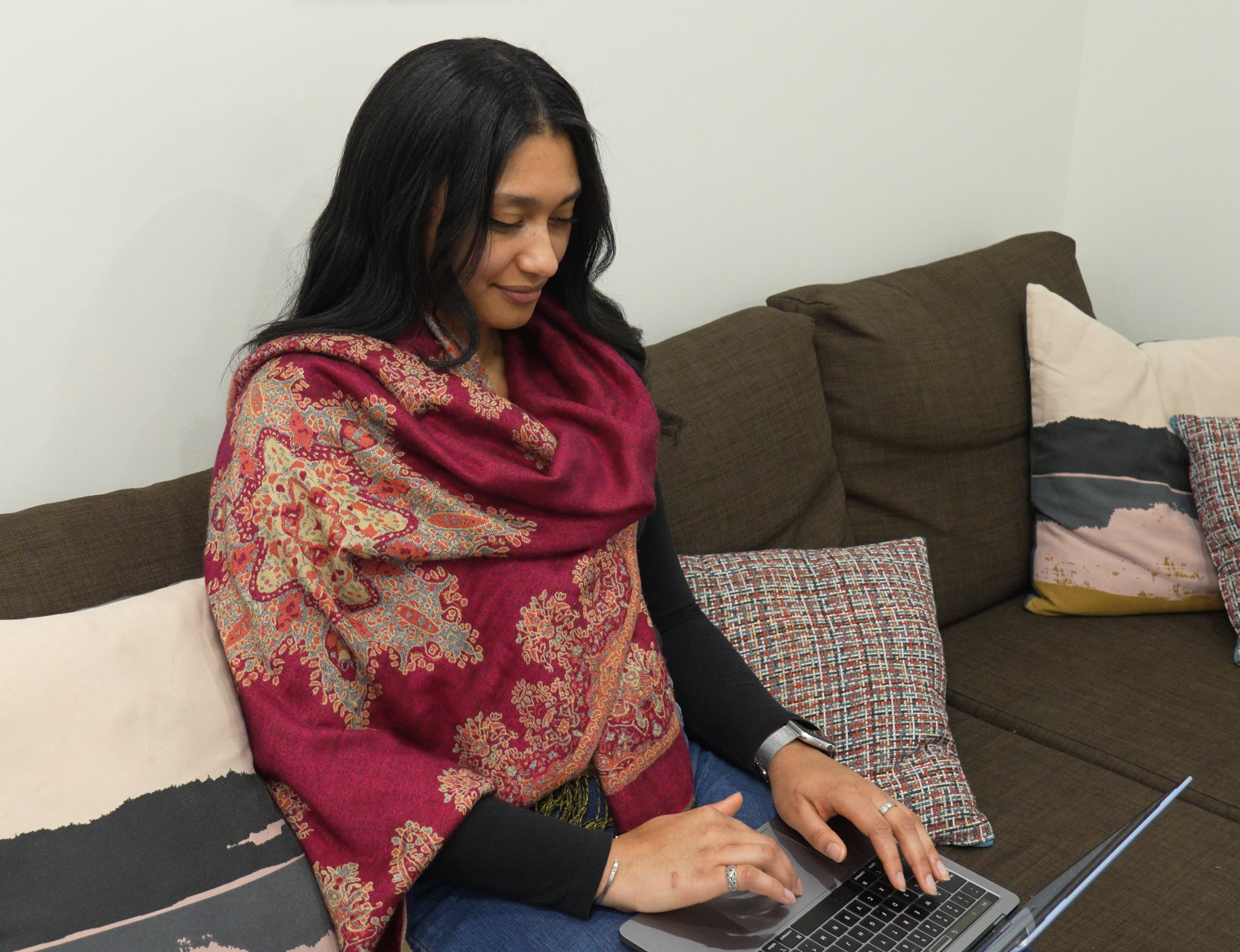
“Sports… I started high jumping when I was nine years old. I jumped all through elementary school with a travel track club and then through high school. In university, I decided to join the flag football team, which snowballed into getting recruited by a women's semi-professional tackle football team in Detroit, The Detroit Dark Angels at the time. I believe they are now The Detroit Venom. I played for them for about two and a half seasons, and then I was relocated to Dallas, Texas, for work where I played for The Texas Elite. Initially, my recipient's transplant team requested a peripheral stem cell transplant, but that would have potentially rendered me ineligible to play football for the season due to the medicine I would have to be on before the transplant. So, I asked to be considered for a bone marrow transplant instead, and my request was accepted. Honestly, it wasn't as painful as it's "chalked" up to be. It's a very heavily stigmatised procedure - pain and big needles are the main things people think about when they hear about bone marrow donation - but I don't think it lives up to the hype that people have put on it.”
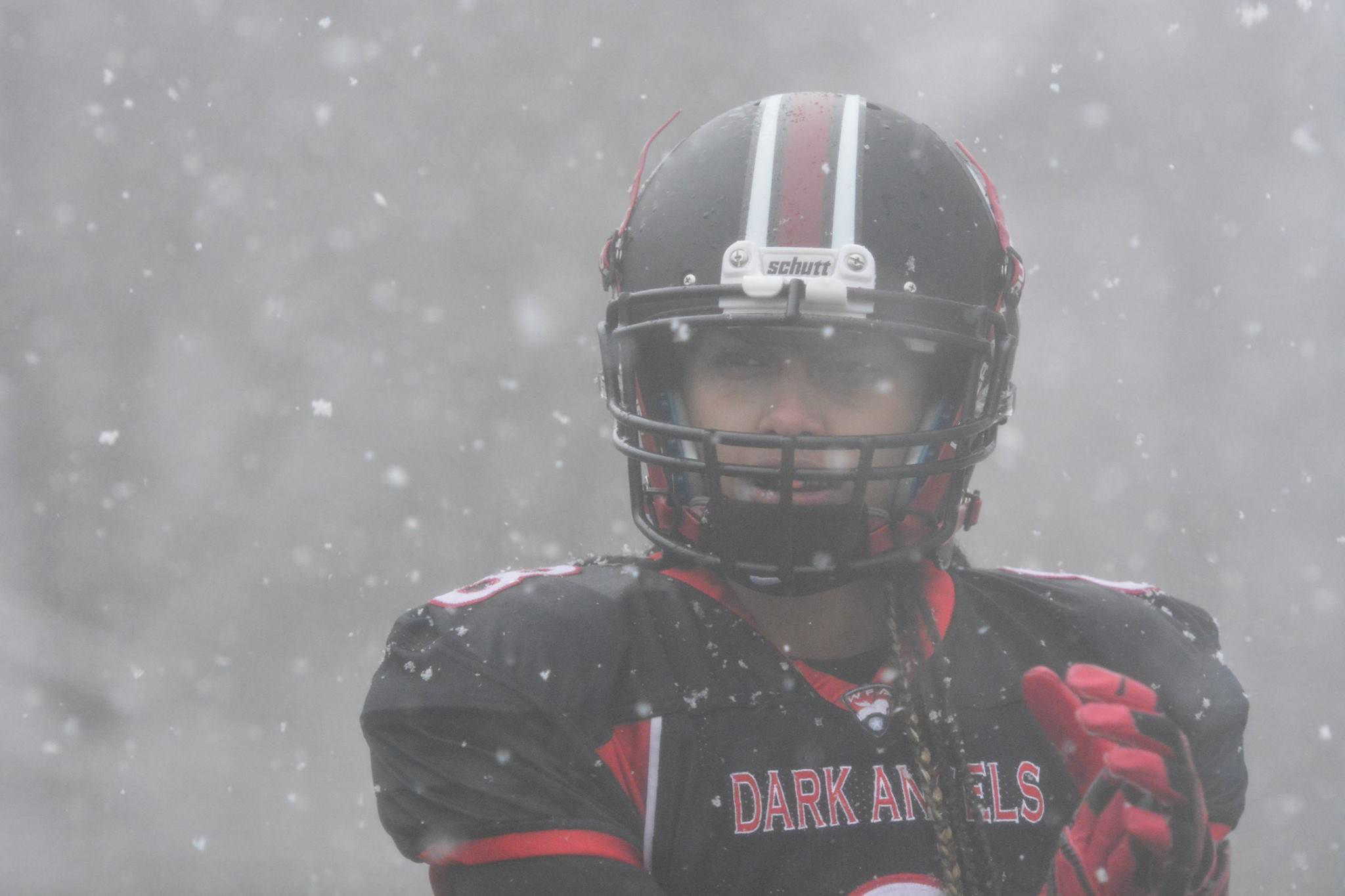
“Stem cell donation comes at a time when your recipient doesn't necessarily have any other option, a stem cell transplant is typically their last option. Once your recipient starts to go through the preparation phase- which involves a process where doctors kill off the patient's stem cells to get ready for the transplant- the recipient at that point is in a super vulnerable position because if you were to decide to back out, they would be on borrowed time to attempt to find another match. It's a heavy weight to carry, as you know that the recipient is on the other end of what you're doing. However, I wasn't worried about backing out on my decision because I already knew the implications of what I signed up for when I did. You're giving somebody the chance to keep living their life. That's the biggest benefit, you know?”

“Surgery. I was a little bit nervous. I actually have a photo of the morning of my surgery, and I remember thinking, “What did I get myself into?” Admittedly, it was a bit intimidating being wheeled into the operating room and seeing all the people who were gonna be involved in the procedure. It was at that point it all started to sink in that “This is kinda big and uncommon.” I had two surgeons, both with their surgical teams. Plus, there were transplant staff and blood services staff in the room as well. The surgeons explained the process to me one more time, and before I knew it, I was put under anaesthesia.”

“The surgery is over before you know it, which is about two to three hours, if I remember correctly. Everything seemed to go well. I was just a little sore; they gave me a prescription for a few T3s (Tylenol and Codeine) for pain management when the anaesthesia wore off. I spent the rest of that day and night in the hospital, and was sent on my way the next day. Past day two, I didn't take anything but normal Tylenol or Advil just when I needed it. However, it takes a few days to get back to it all. Truly understanding what I gave somebody else didn't sink in until much later in my recovery. At some point, it just hits you that you've helped save somebody's life. You now share a bond with somebody you don't know and may never meet- a feeling that's difficult to describe.”

“I always ask people to put themselves in the patients' or their families' shoes. Say the person who needs a stem cell transplant is your family member: a brother, aunt, parent, etc. You would want to be able to help them, and if you couldn't, you would want someone to help them. If somebody in my family needed a stem cell transplant and we couldn't find a match within the family, I would hope that all options are available to them, and that's what the stem cell registry provides for those families that can't find a related donor… You could be that match. Seeing that many patients of colour are much less likely to find a match, this includes Black patients. This is a harsh realisation because it could be changed… it is within our control to change; we can help tip the scales”

“Tessa has influenced me in many ways- from registering to be an organ and tissue donor to sports. A lot of sports, actually! We're a huge sports family, so anytime she says, 'Oh, I'm doing this.' I'm like, I should go and do this too. When I heard Tessa would be donating stem cells to an unrelated donor, honestly, I wasn't too phased. I'm like, "Yeah, Tessa's doing something. Of course, she's going to help someone." She's always been that way, always out there helping anyone. She's always going above and beyond. Role model? Hero? Definitely, to that person, she was their hero.”
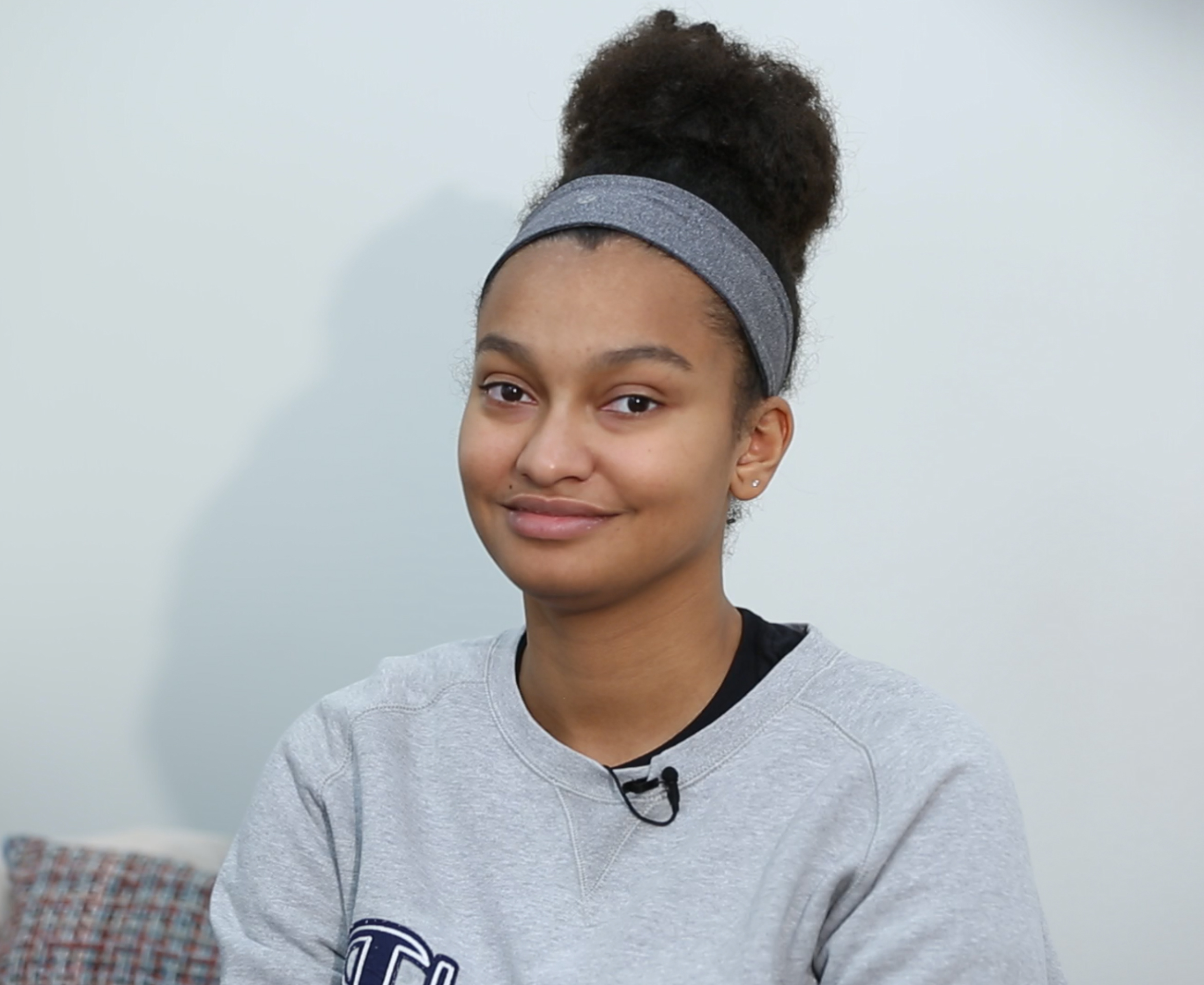
“My question to people who may have doubts or fears about registering to be a stem cell donor would be, ‘Why not? What are your fears?’ How I looked at it, what is this costing me, and what is the impact to the person on the other end? When you look at the cost to yourself versus the benefit to the recipient, it’s not even comparable, right? I can recover, but my recipient is potentially looking at not being able to spend the next Christmas with their family. So, when I thought about it in that sense, It was- and still is- a no-brainer for me. If you have the willingness and the ability to register, you should.”
